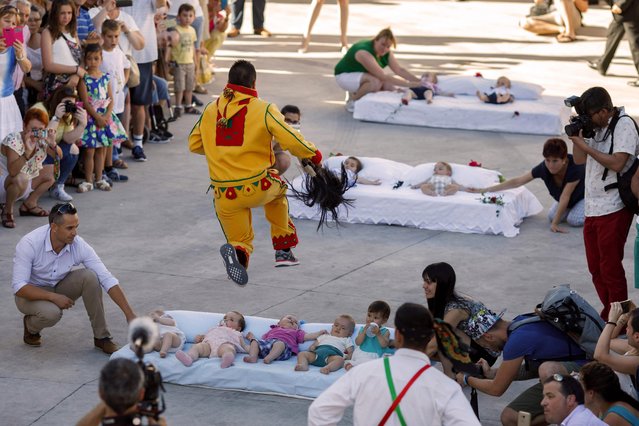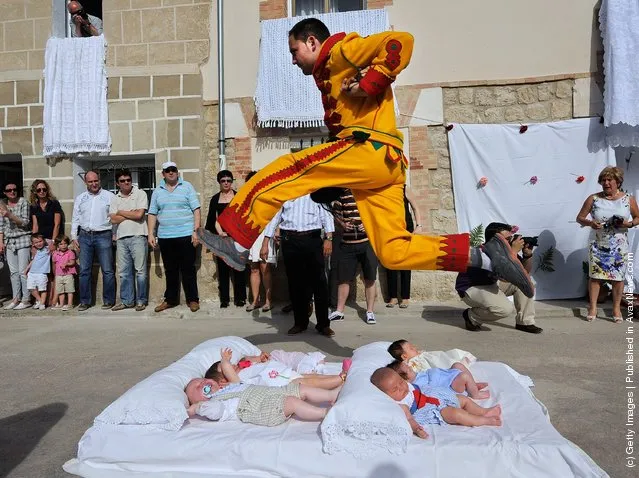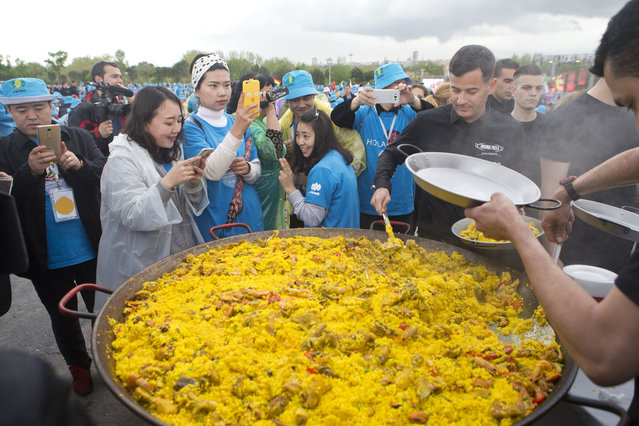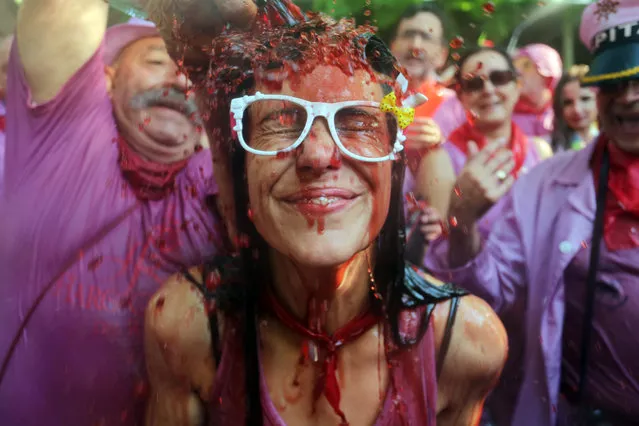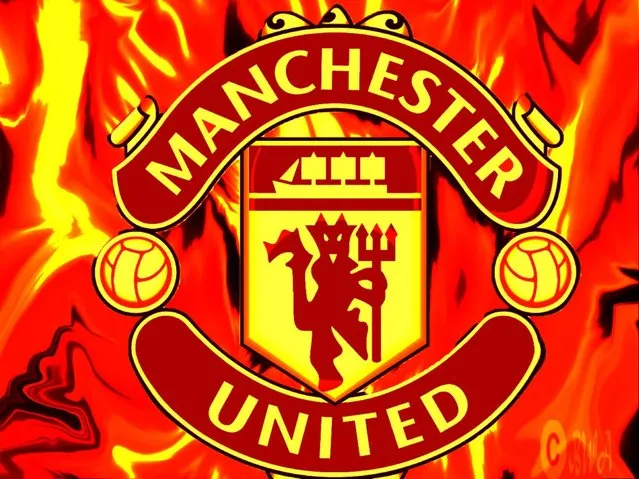
Football transfers are not cheap. To have a player strengthen their ranks, teams are willing to pay big money. The football transfer considered to be the most expensive in the sport's history was that of Gareth Bale leaving Tottenham to play at Real Madrid. The Spanish club paid not less than £86 million (about $133 million at today's exchange rates) to have the player among its own. But recent news suggest that this record might be broken this year. According to reports in the media, UK Premier League team Manchester United is willing to almost double that amount.
18 Sep 2015 19:15:00,post received
0 comments


